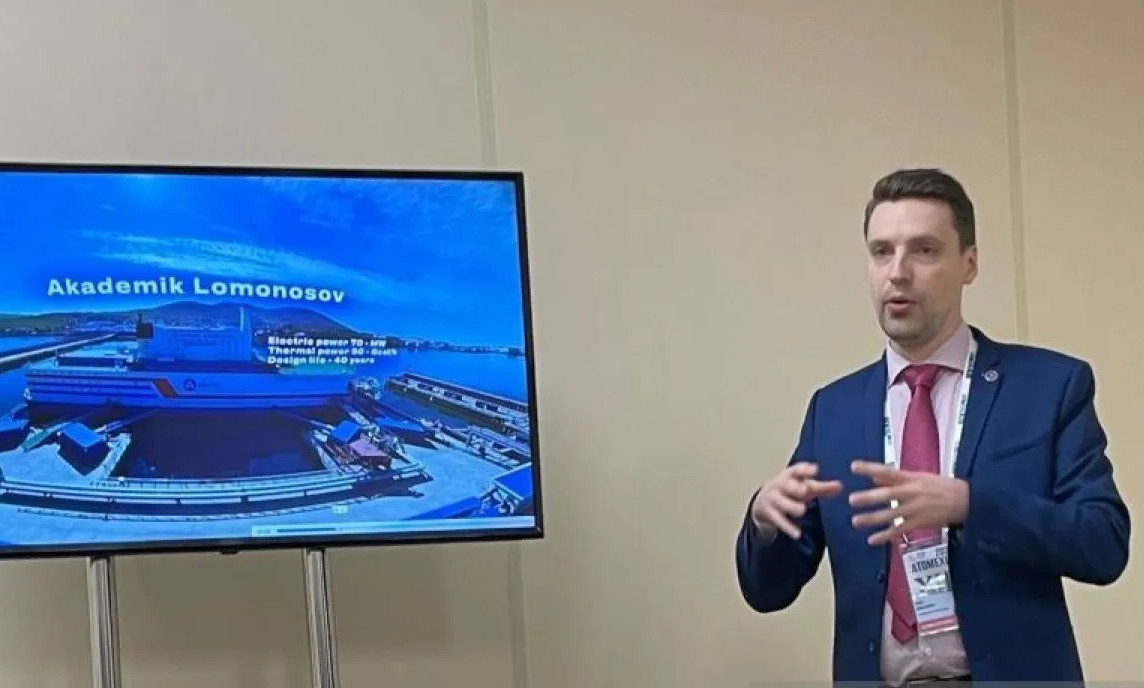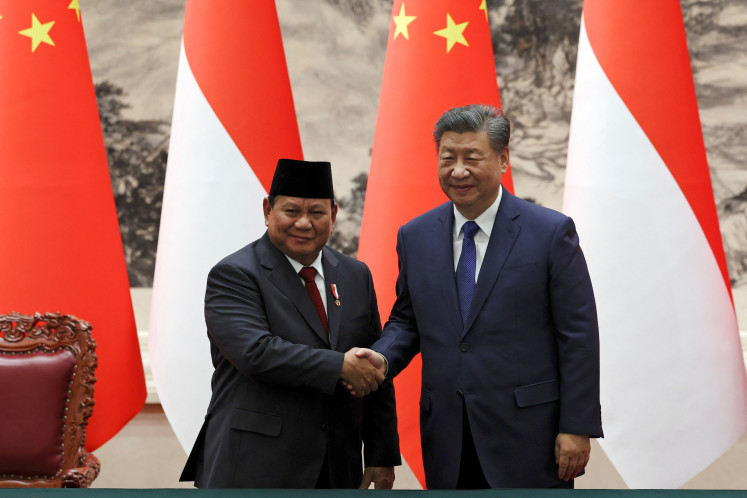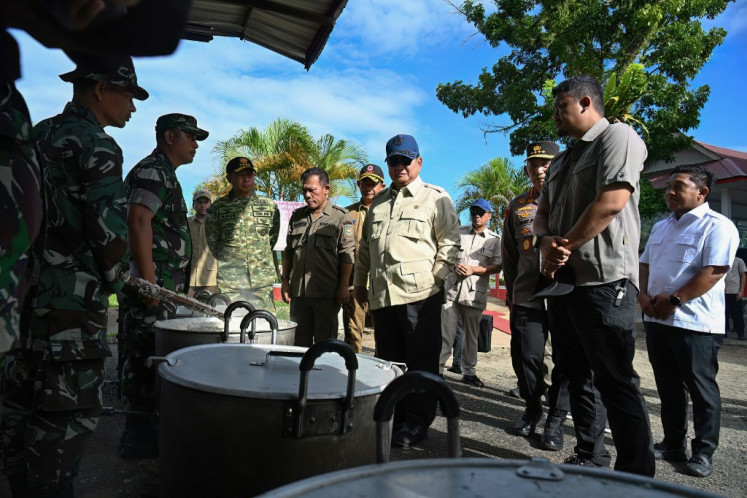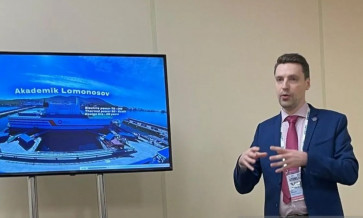Popular Reads
Top Results
Can't find what you're looking for?
View all search resultsPopular Reads
Top Results
Can't find what you're looking for?
View all search resultsIndonesia’s nuclear horizon: Diplomatic finesse needed
Diplomatic finesse in addressing its neighbors' safety and security concerns is essential as Indonesia advances its nuclear ambitions to benefit both itself and the region.
Change text size
Gift Premium Articles
to Anyone
I
ndonesia has been poised to enter the nuclear age since the 1960s, driven by ambitions for technological advancement and national prestige.
The establishment of the TRIGA 2000 reactor at the Bandung Institute of Technology in 1965, which operates at 2,000 kilowatts and was supplied by General Atomics (GA) from the United States, marked the country's first significant step into the nuclear industry. The momentum continued in the late 1970s through the 1980s with the establishment of the Kartini Reactor in Yogyakarta in 1979, a TRIGA Mark II reactor operating at 250 kW and also supplied by GA.
These early efforts laid the groundwork for the more advanced GA Siwabessy Multipurpose Reactor at the Serpong Nuclear Research Center, a 30 megawatt (MW) research reactor. Inaugurated in 1987 and built on a US$50 million contract through Interatom Internationale, a subsidiary of the West German steelmaker Kraftwerke Union, the reactor was named after the first head of the National Nuclear Energy Agency (Batan).
Indonesia's bid to build a nuclear power plant gained significant traction in the 1990s. The government conducted detailed site assessments, with Central Java’s Muria Peninsula identified as a potential location. Feasibility studies were underway by 1996 and international collaborations, particularly with South Korea and Japan, were explored to support the project. However, the Asian financial crisis of 1997-1998 and strong opposition from civil society groups led to the suspension of these plans.
In recent years, Indonesia has revived its nuclear ambitions, exploring the development of a thorium molten salt reactor. This innovative reactor design, which is not in commercial use anywhere in the world to date, underscores the country’s renewed commitment to becoming a prominent player in nuclear energy.
However, it also raises questions as to why Indonesia, which is not known as a leading innovative country according to Rogers' Diffusion of Innovations theory, dares to use an unprecedented high-end minimum viable product (MVP). This move might confirm that Indonesia is a technology consuming country, adopting the advanced technologies developed by others, and reflect its position on the innovation adoption curve.
Earlier this year, the National Research and Innovation Agency (BRIN) announced two significant nuclear projects, in collaboration with the Institute of Nuclear and New Energy Technology (INET) of Tsinghua University in China.



















